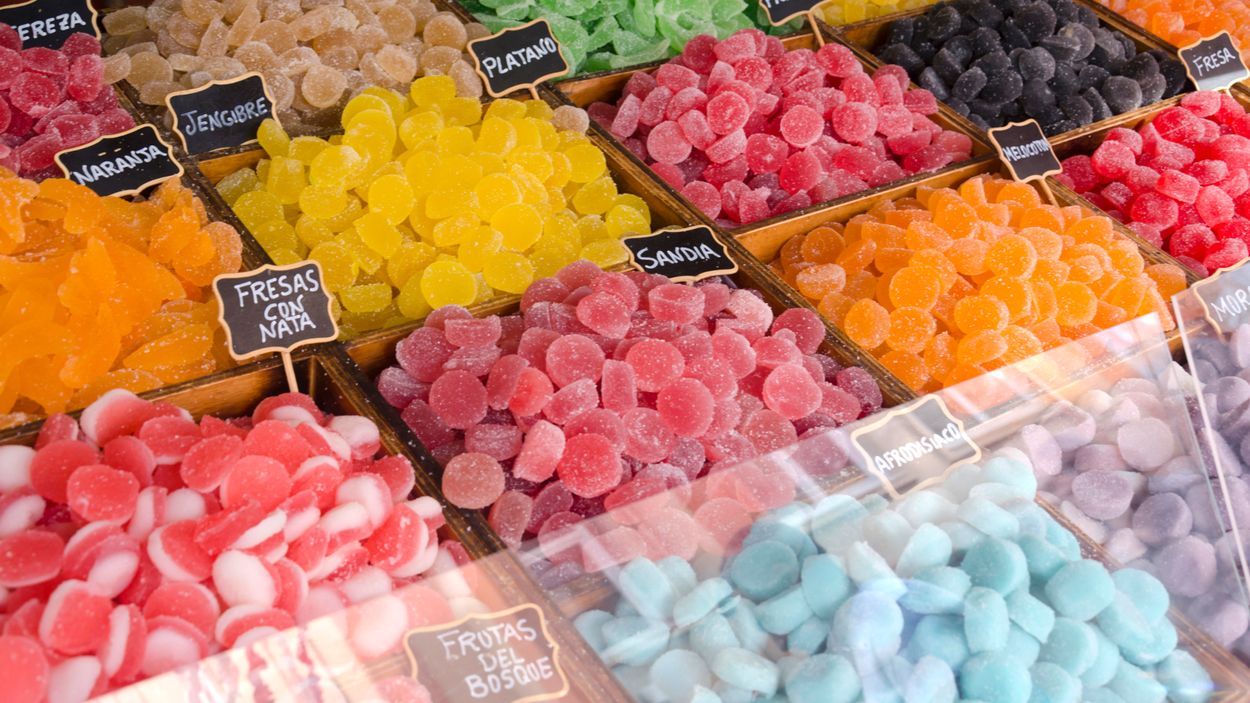
Artificial flavors are everywhere, from your favorite snacks to the drinks you enjoy. But what exactly are they? Artificial flavors are man-made chemicals designed to mimic the taste of natural ingredients. They are created in labs by combining various chemicals to produce a specific taste. These flavors can be found in a wide range of products, including candies, sodas, and even some health foods. While they make food taste better, there are many questions about their safety and impact on health. Are they safe to consume? How are they different from natural flavors? Let's dive into 23 intriguing facts about artificial flavors that will answer these questions and more.
What Are Artificial Flavors?
Artificial flavors are man-made chemicals designed to mimic the taste of natural ingredients. They are commonly used in processed foods to enhance flavor without using real ingredients.
- Artificial flavors are created in a lab by combining various chemicals to replicate the taste of natural flavors.
- They are often cheaper to produce than natural flavors, making them popular in the food industry.
- The FDA regulates artificial flavors, ensuring they are safe for consumption.
- Despite being synthetic, many artificial flavors are chemically identical to their natural counterparts.
Common Uses of Artificial Flavors
Artificial flavors are found in a wide range of products, from snacks to beverages. They help maintain consistency in taste and extend shelf life.
- Soft drinks often contain artificial flavors to achieve their signature taste.
- Candy manufacturers use artificial flavors to create a variety of fruity and exotic tastes.
- Baked goods, like cookies and cakes, frequently rely on artificial flavors for consistent results.
- Instant foods, such as soups and noodles, use artificial flavors to enhance their taste.
The Science Behind Artificial Flavors
Creating artificial flavors involves a deep understanding of chemistry and sensory perception. Scientists work to identify and replicate the key compounds that give foods their distinctive tastes.
- Flavor chemists, also known as flavorists, specialize in creating artificial flavors.
- They use gas chromatography and mass spectrometry to analyze the chemical composition of natural flavors.
- Artificial flavors can be more stable than natural ones, making them ideal for long-lasting products.
- Some artificial flavors are designed to enhance the taste of other ingredients, creating a more complex flavor profile.
Health and Safety of Artificial Flavors
While artificial flavors are generally considered safe, there are ongoing debates about their long-term health effects. It's important to understand both the benefits and potential risks.
- The FDA evaluates artificial flavors for safety before they can be used in food products.
- Some people may experience allergic reactions to certain artificial flavors.
- There is limited evidence linking artificial flavors to serious health issues, but more research is needed.
- Consuming large amounts of artificially flavored foods may contribute to unhealthy eating habits.
Environmental Impact of Artificial Flavors
The production and use of artificial flavors have environmental implications. Understanding these impacts can help consumers make informed choices.
- Producing artificial flavors requires less land and water compared to natural flavor extraction.
- Synthetic production can reduce the need for farming certain crops, potentially lowering deforestation rates.
- However, the chemical processes involved in creating artificial flavors can produce waste and emissions.
- Some companies are working to develop more sustainable methods for producing artificial flavors.
Fun Facts About Artificial Flavors
Artificial flavors have some surprising and interesting aspects that many people might not know.
- The flavor of artificial banana is based on a type of banana that was wiped out by a fungus in the 1950s.
- Some artificial flavors are so complex that they can contain hundreds of different chemical compounds.
- The iconic "blue raspberry" flavor doesn't exist in nature; it was created to stand out among other fruit flavors.
Final Thoughts on Artificial Flavors
Artificial flavors are everywhere. From your favorite snacks to beverages, they play a huge role in our daily lives. These man-made compounds mimic natural tastes, making food more appealing and sometimes even more affordable. However, they come with their own set of concerns. Some people worry about potential health risks and prefer natural alternatives. Others appreciate the consistency and variety artificial flavors offer.
Understanding the difference between natural and artificial flavors can help you make informed choices. While both types have their pros and cons, it's clear that artificial flavors aren't going away anytime soon. They offer a way to enjoy a wide range of tastes without relying solely on natural sources. So next time you savor that strawberry-flavored candy, you'll know a bit more about what's behind that burst of flavor.
Was this page helpful?
Our commitment to delivering trustworthy and engaging content is at the heart of what we do. Each fact on our site is contributed by real users like you, bringing a wealth of diverse insights and information. To ensure the highest standards of accuracy and reliability, our dedicated editors meticulously review each submission. This process guarantees that the facts we share are not only fascinating but also credible. Trust in our commitment to quality and authenticity as you explore and learn with us.


